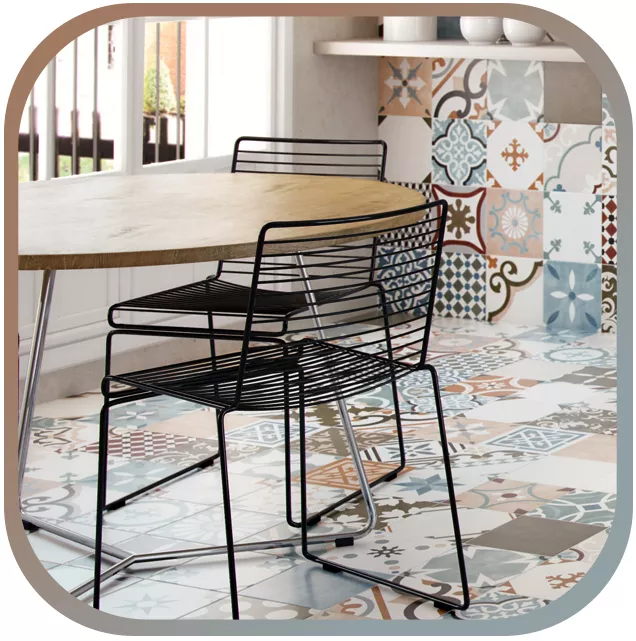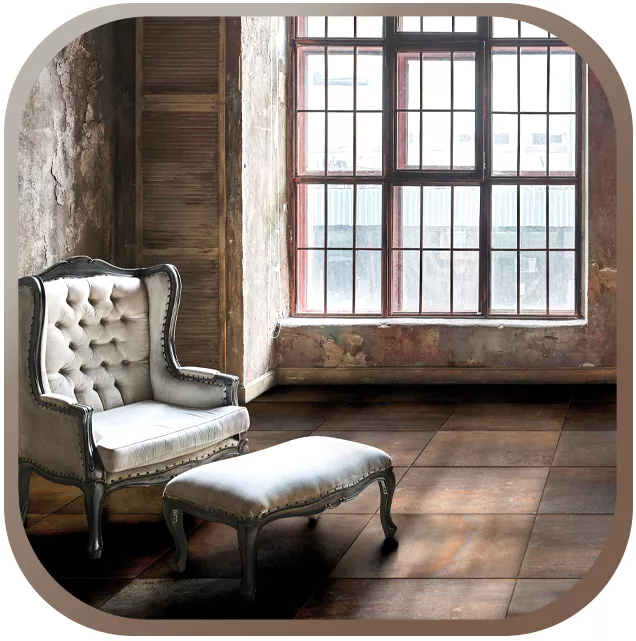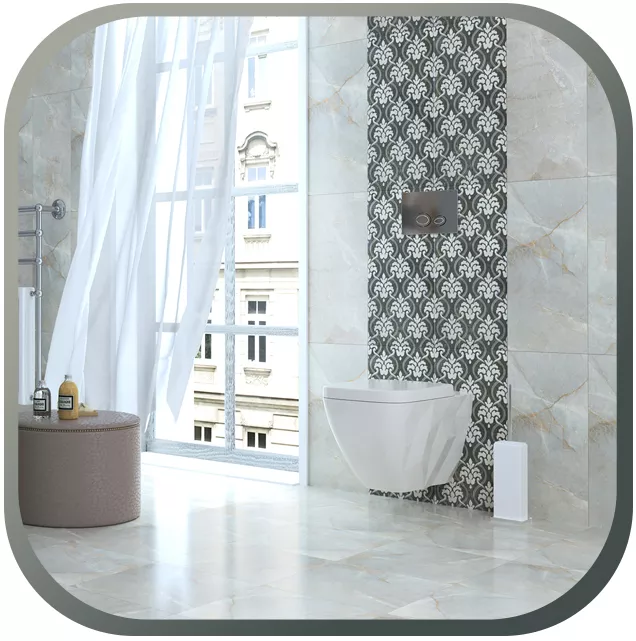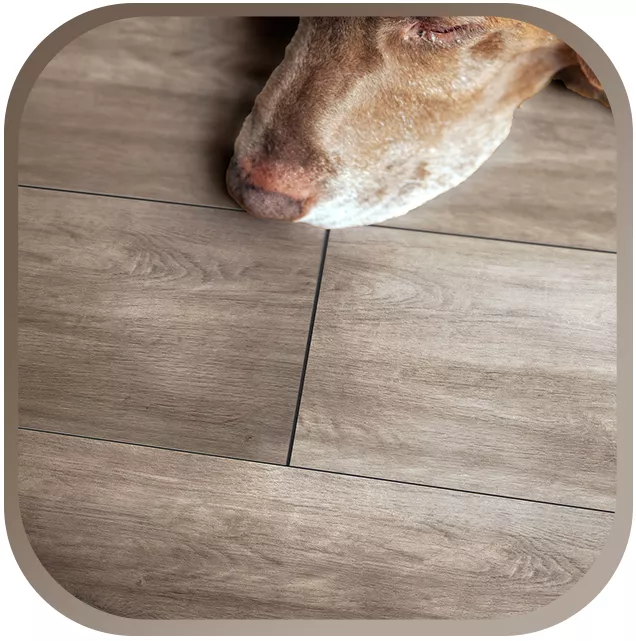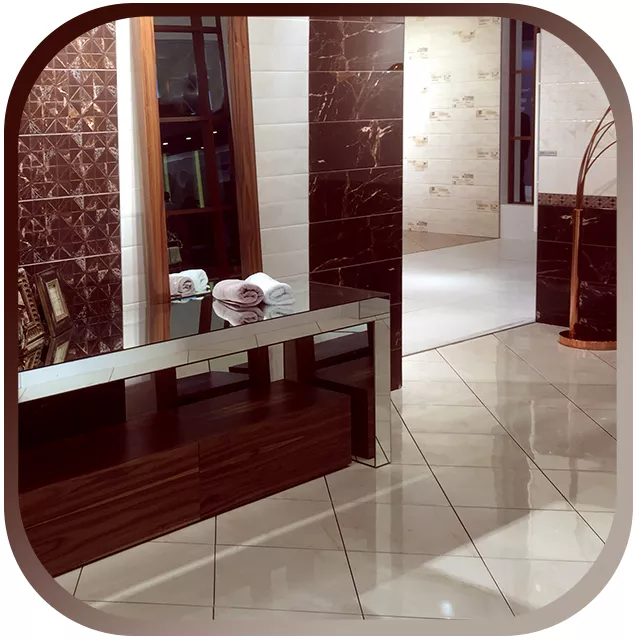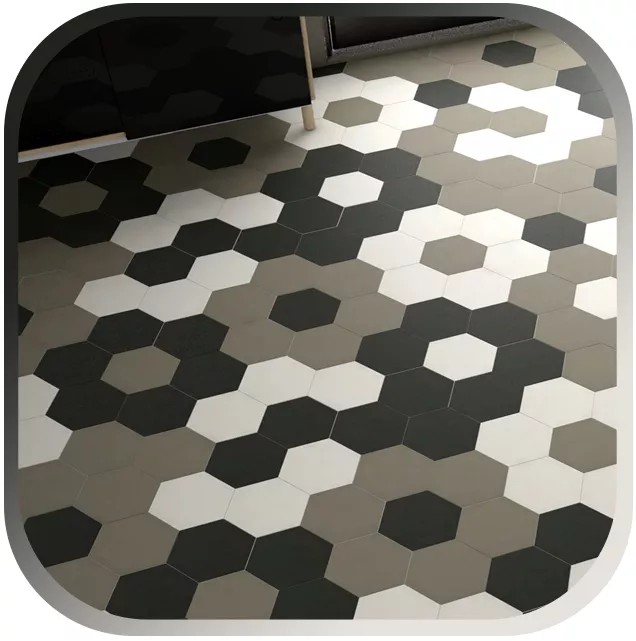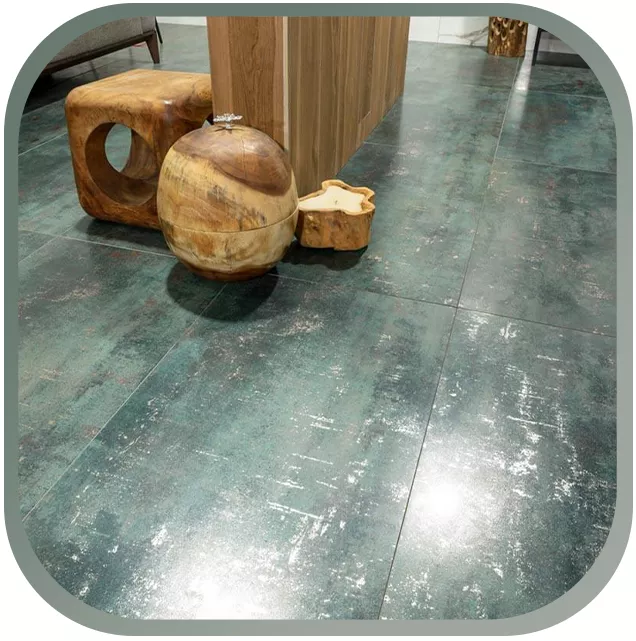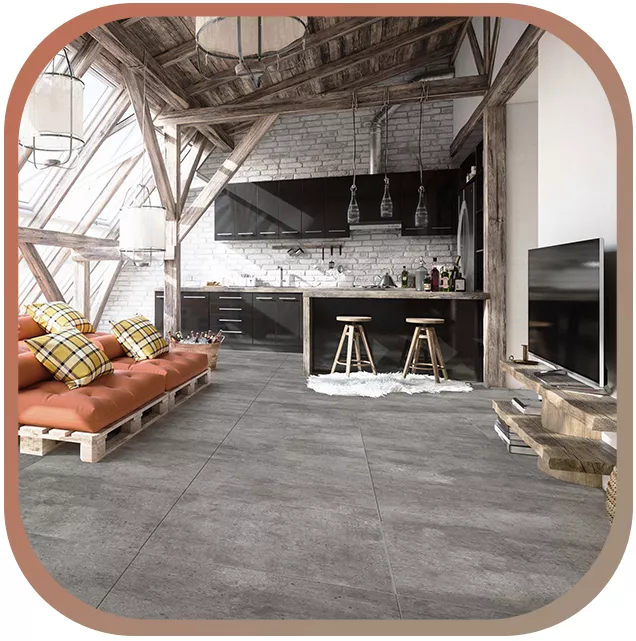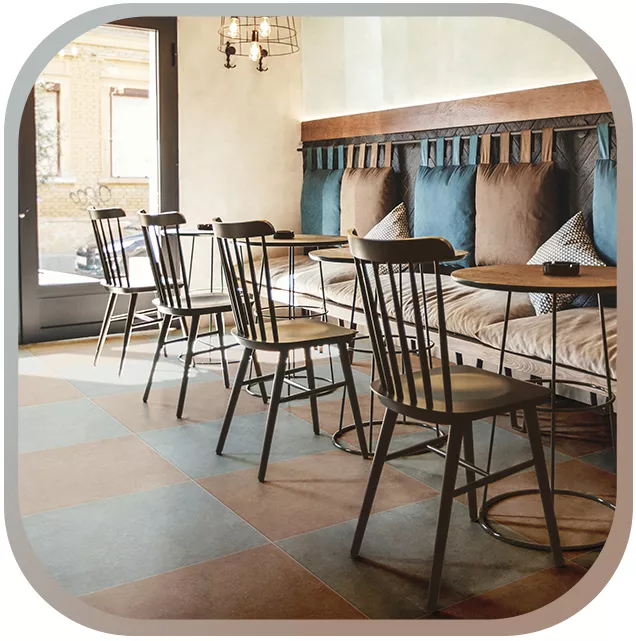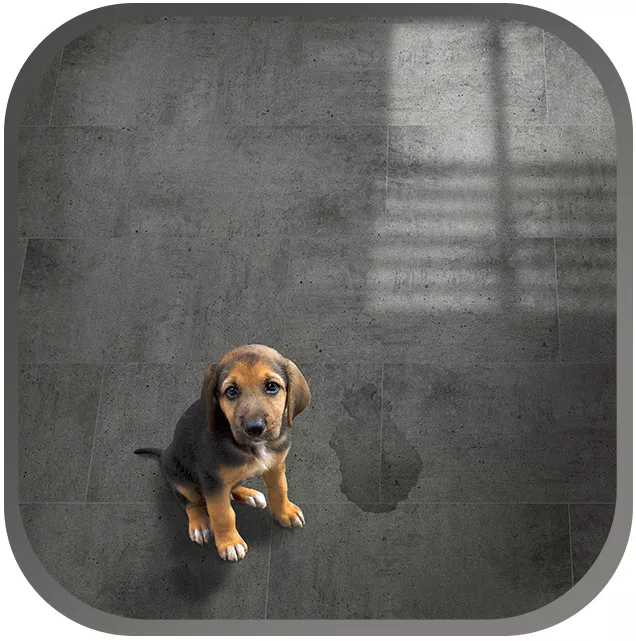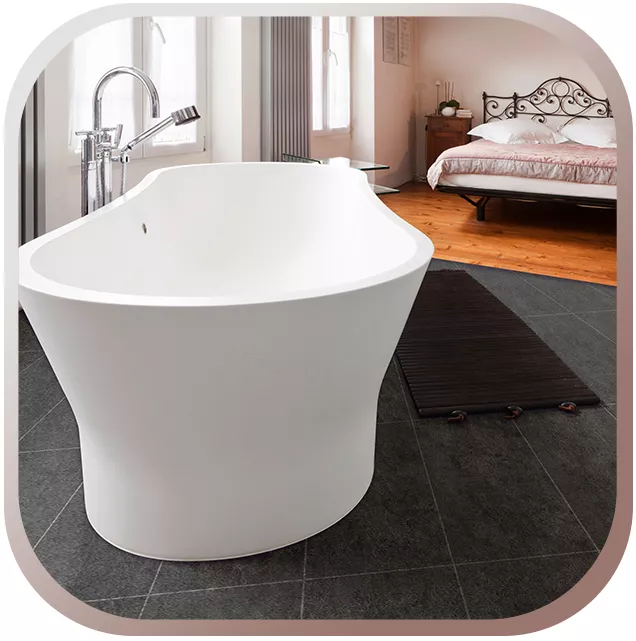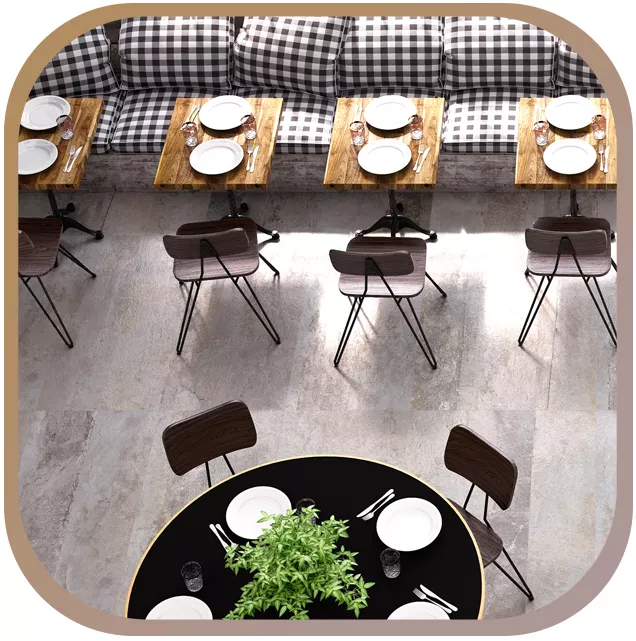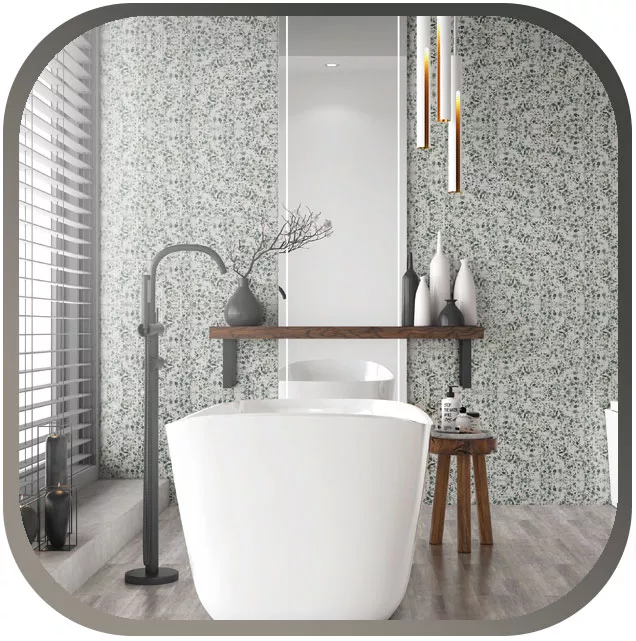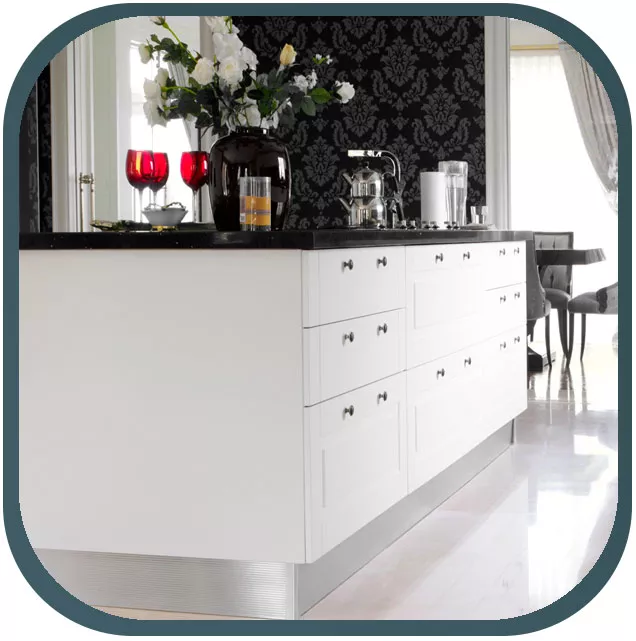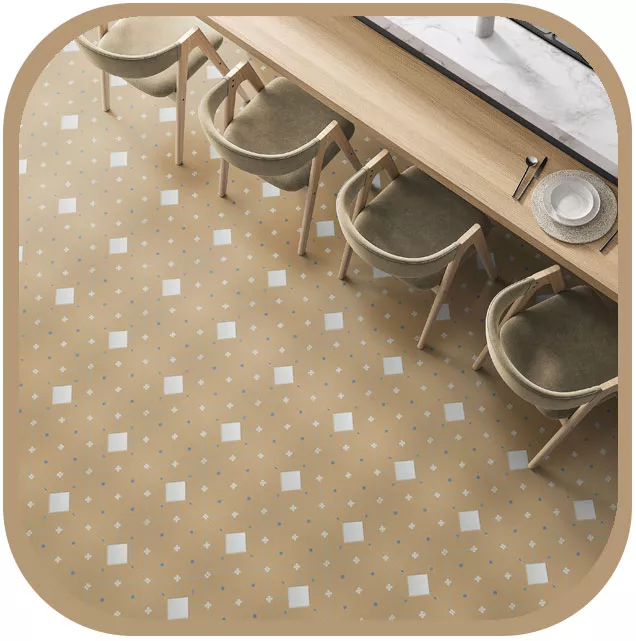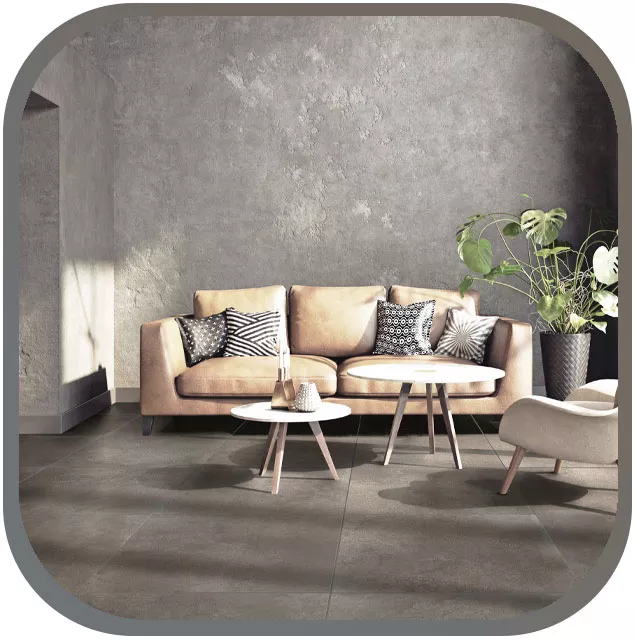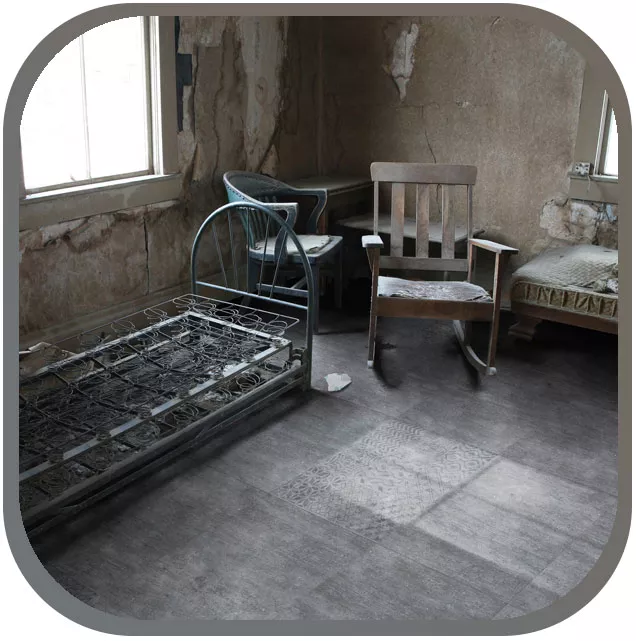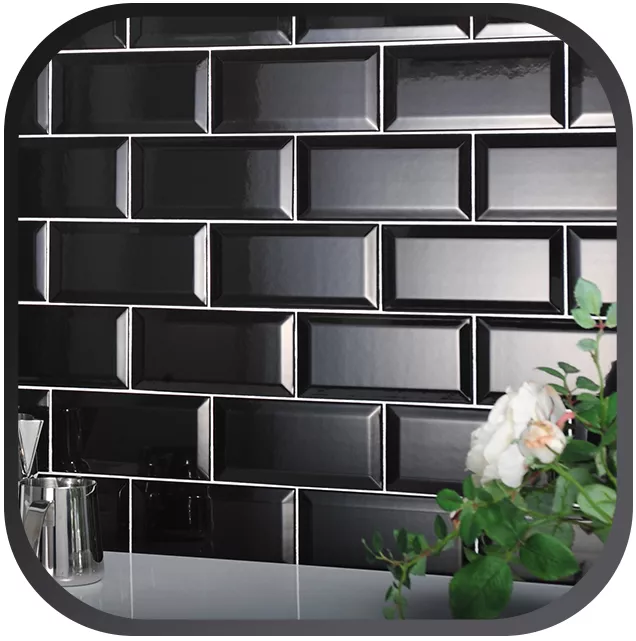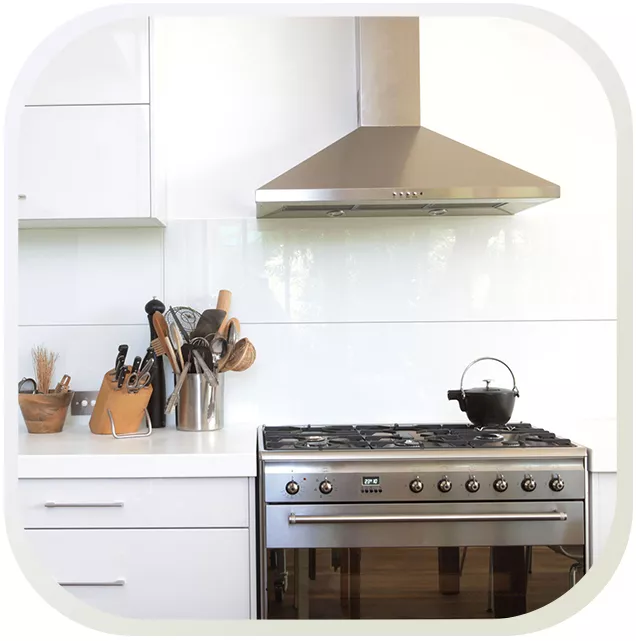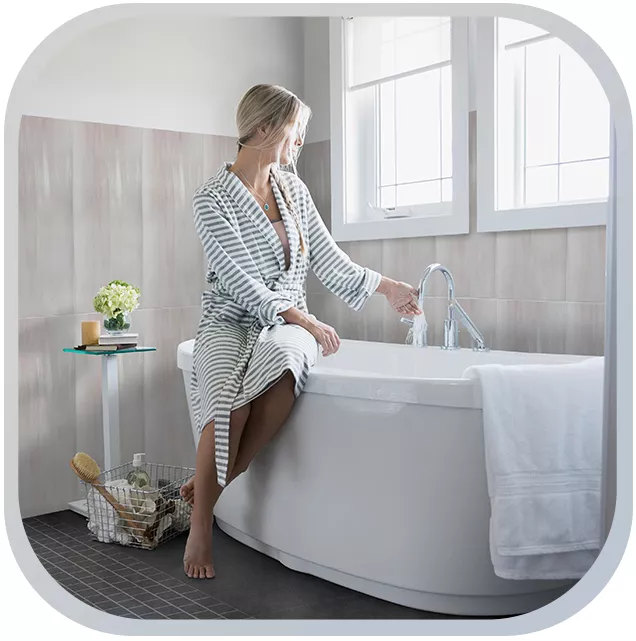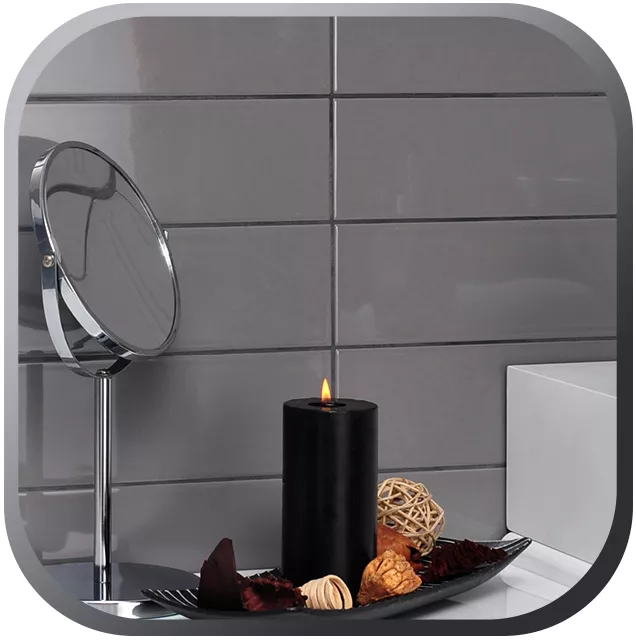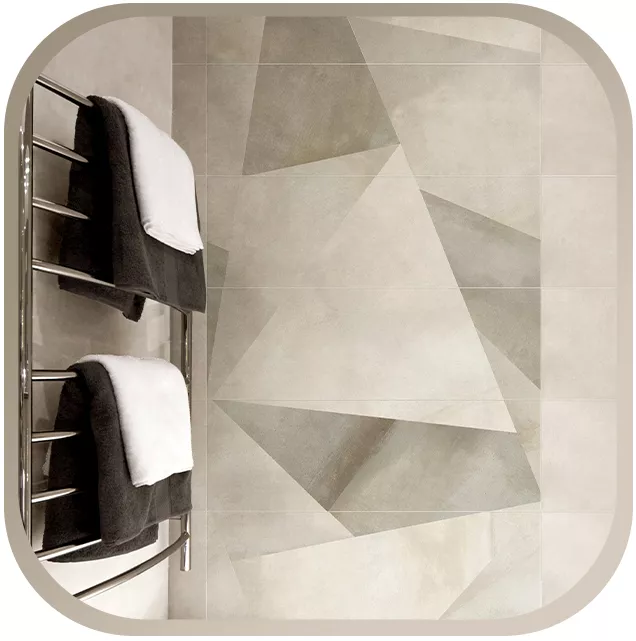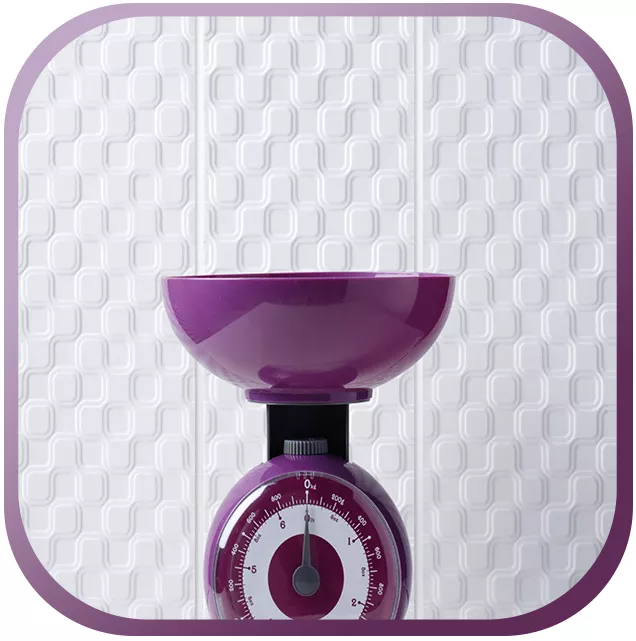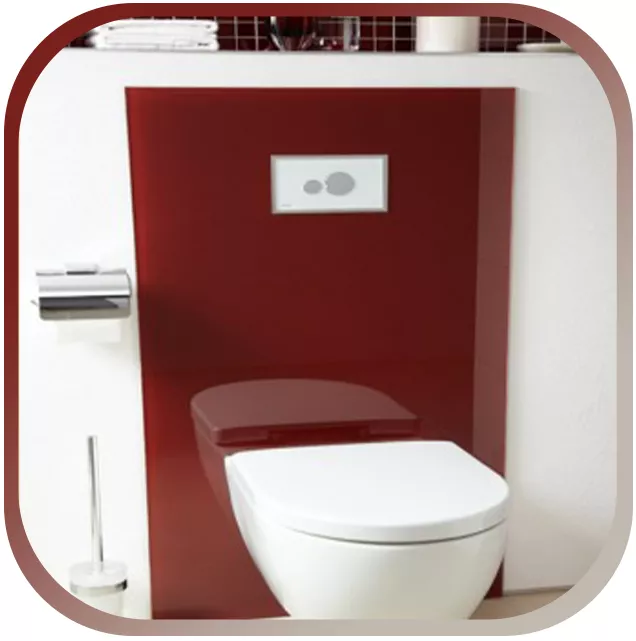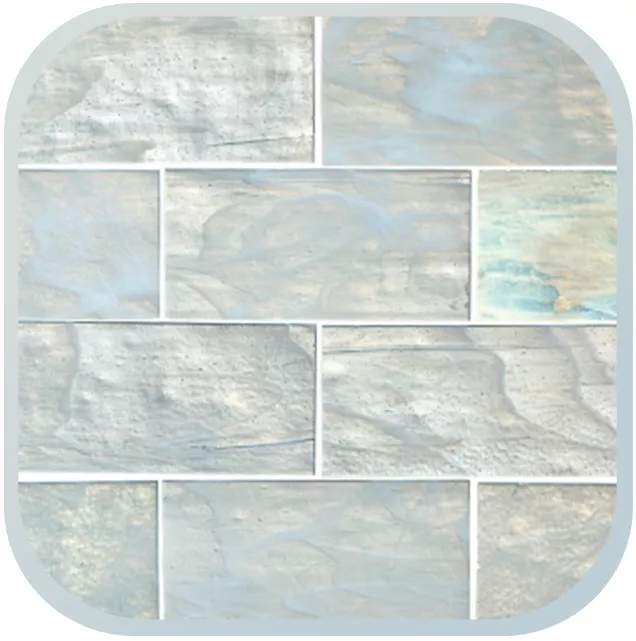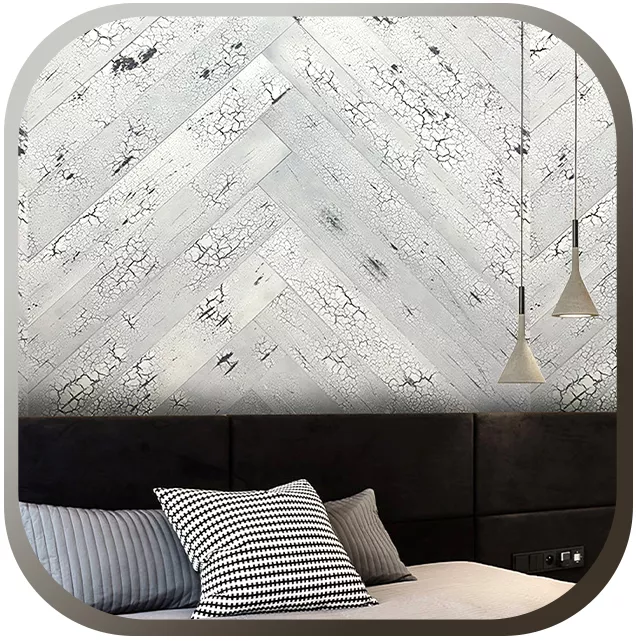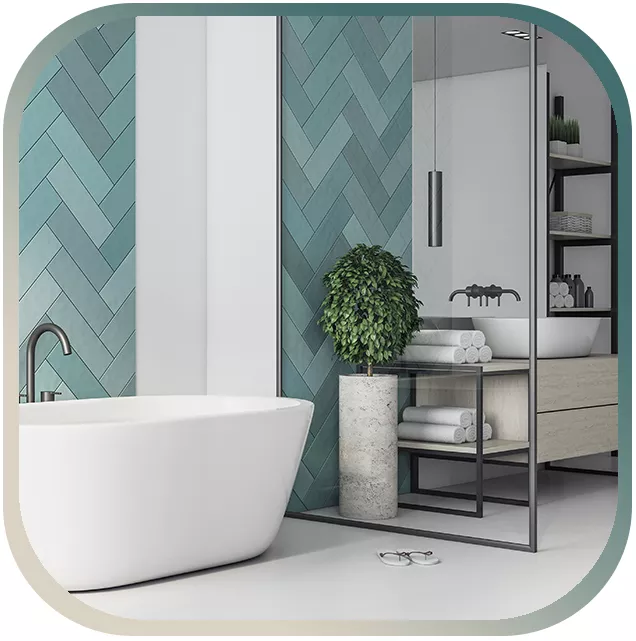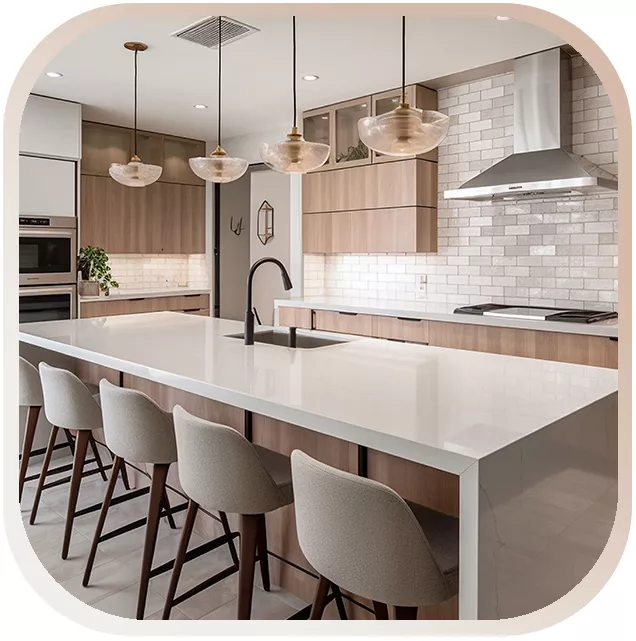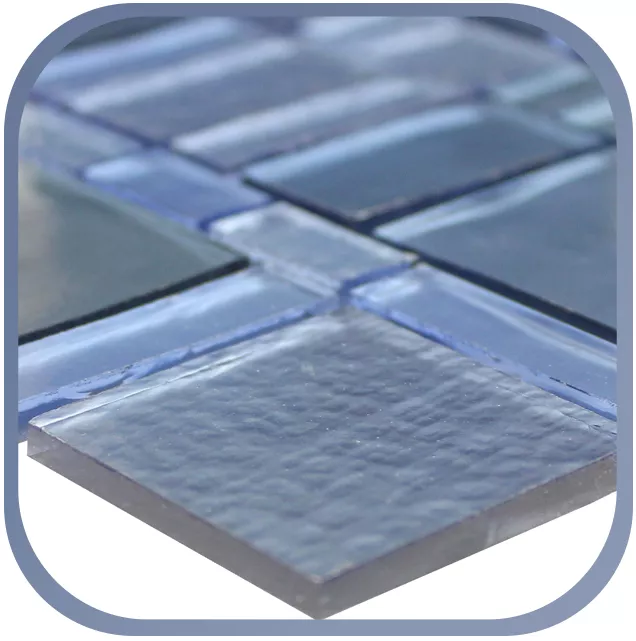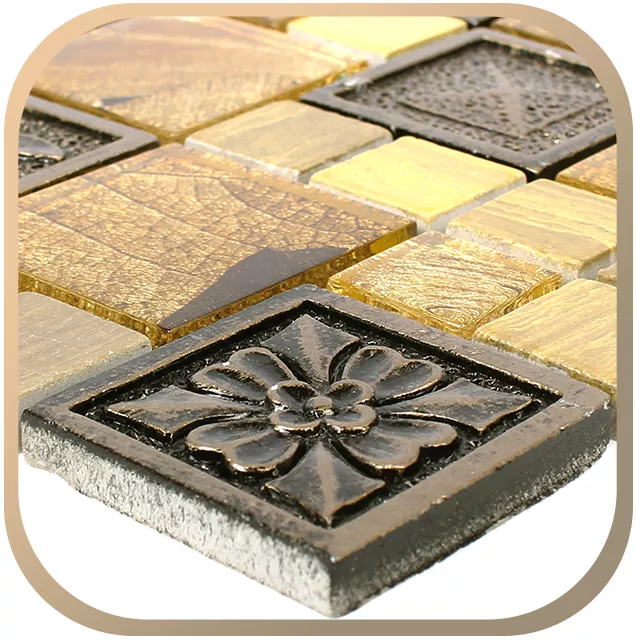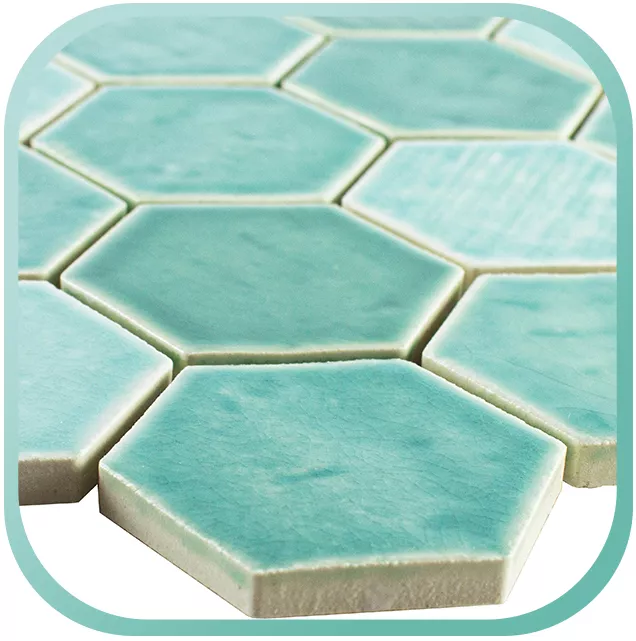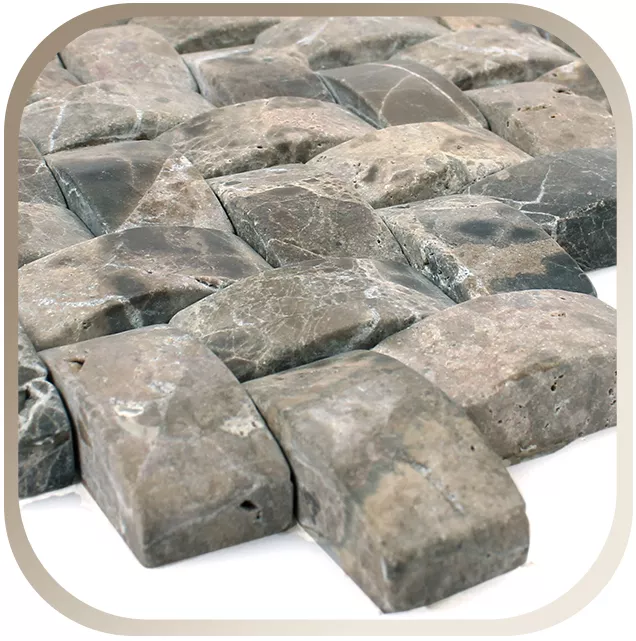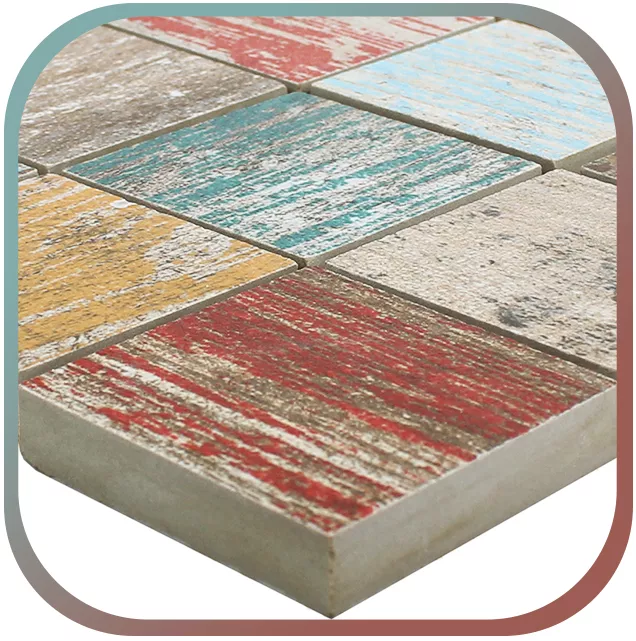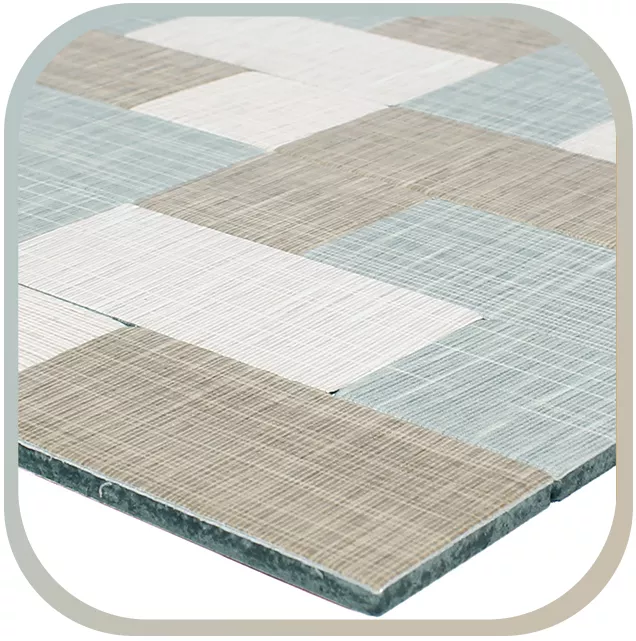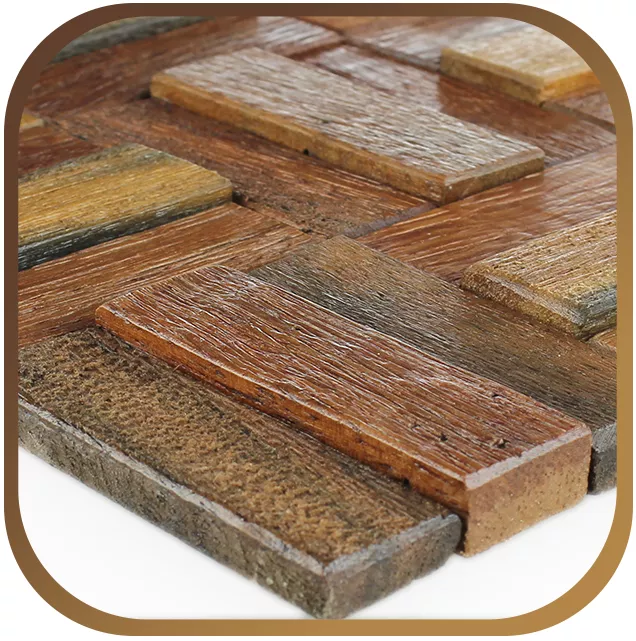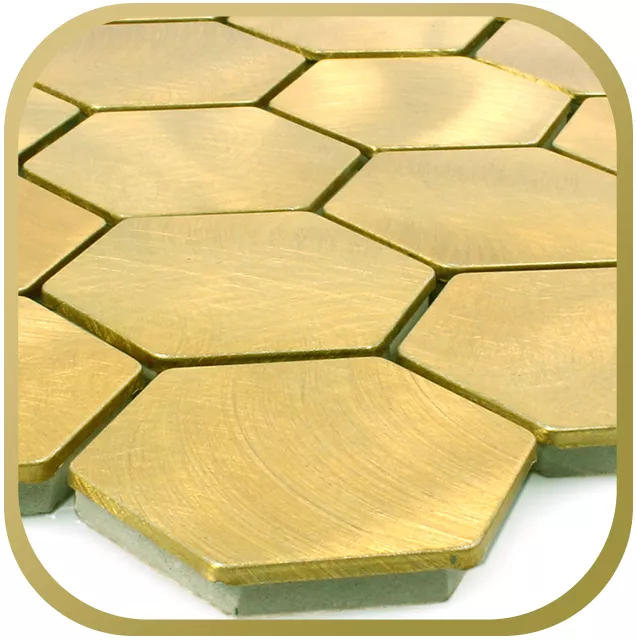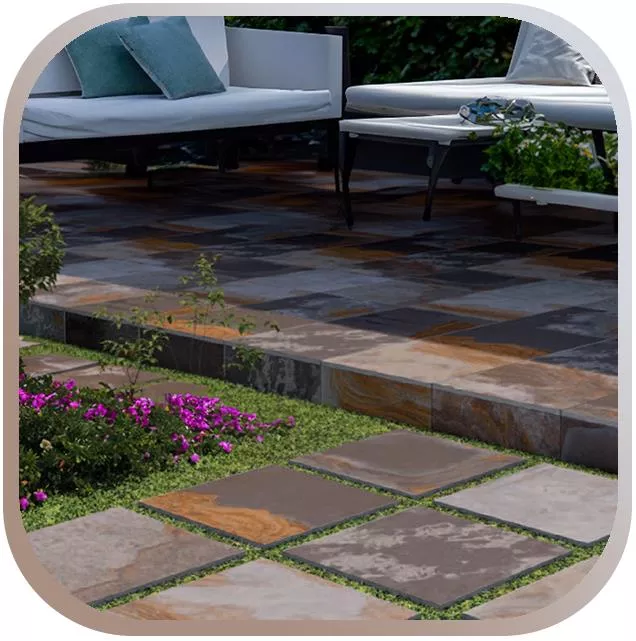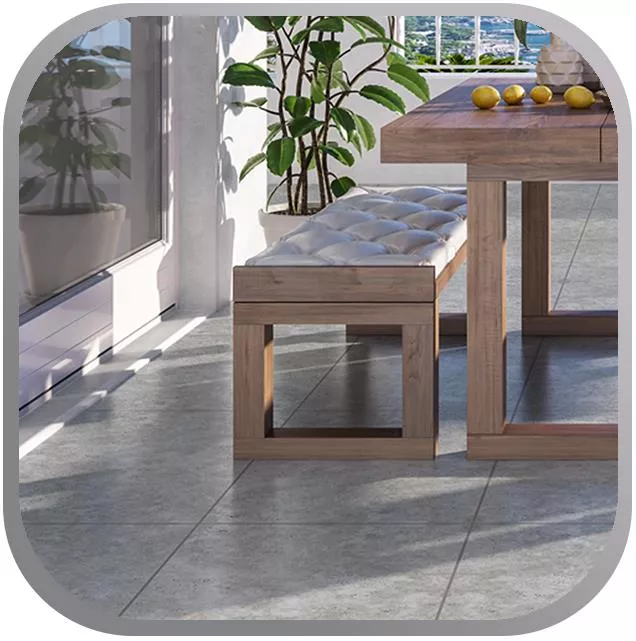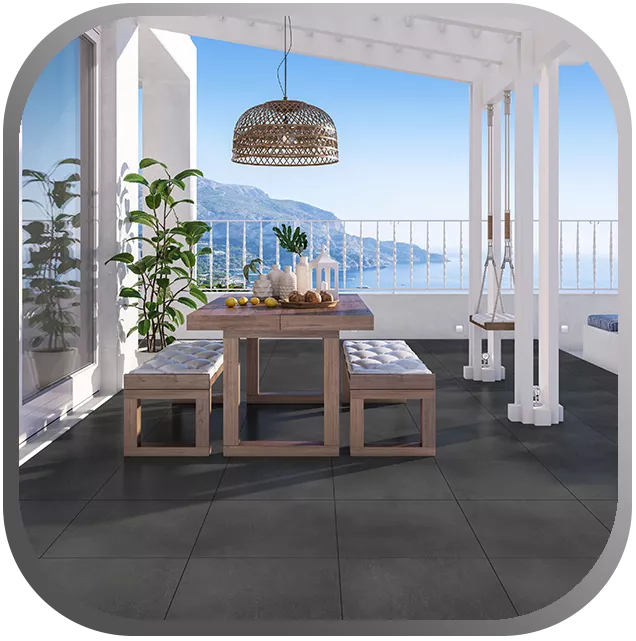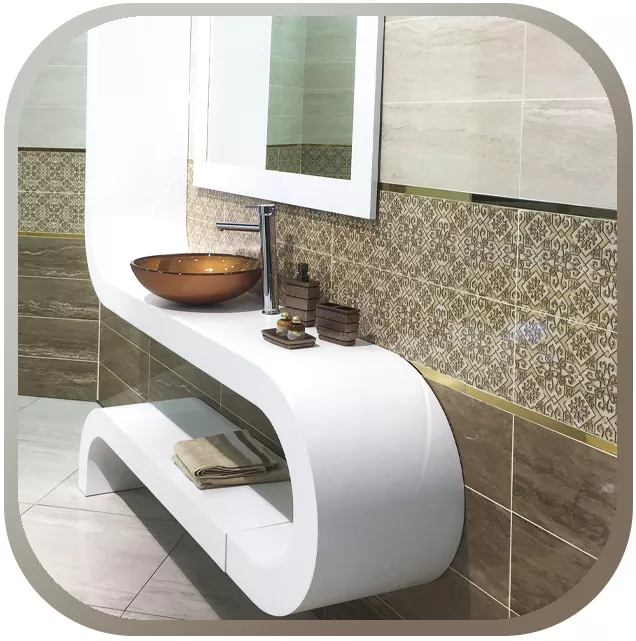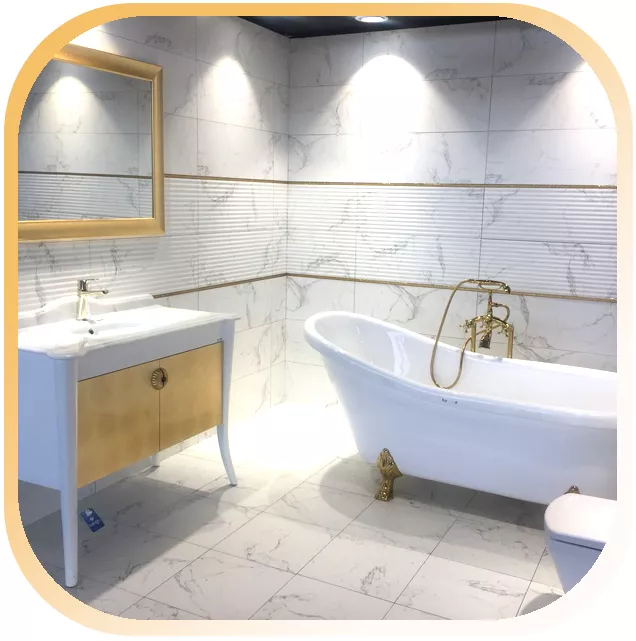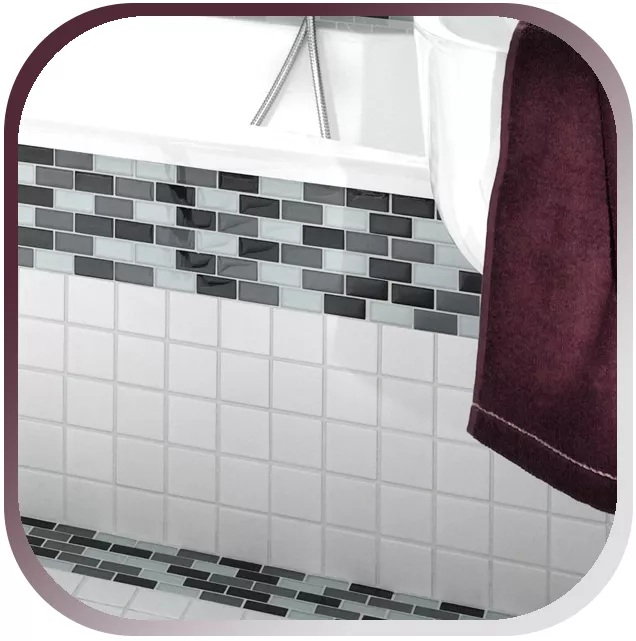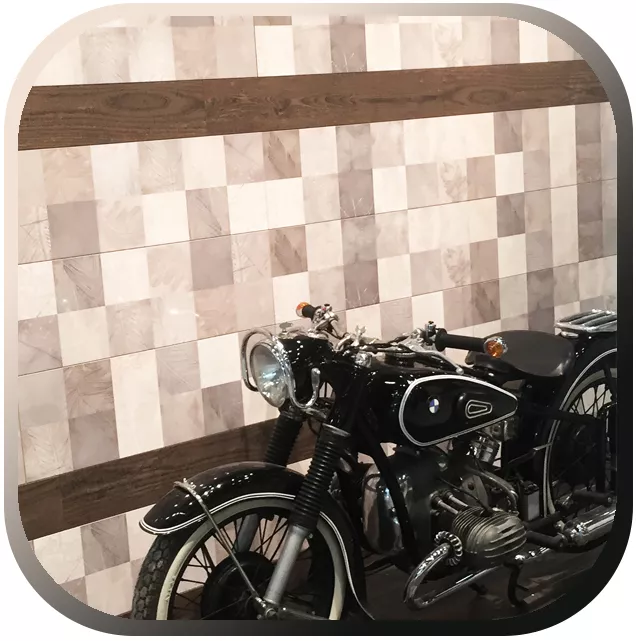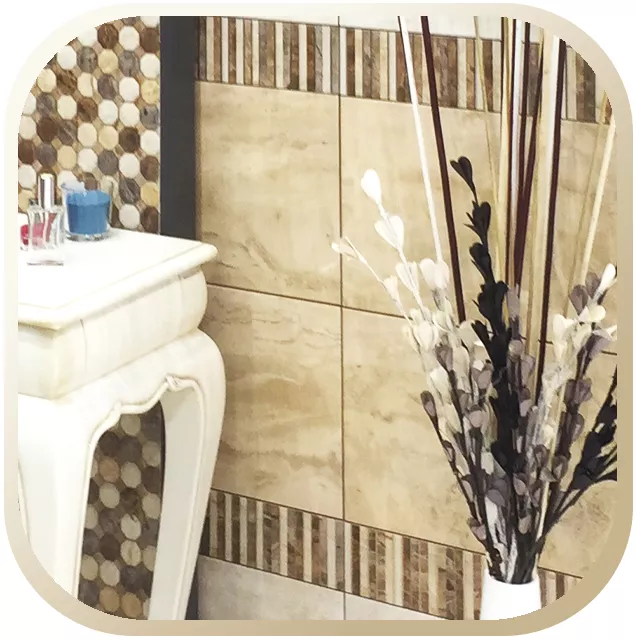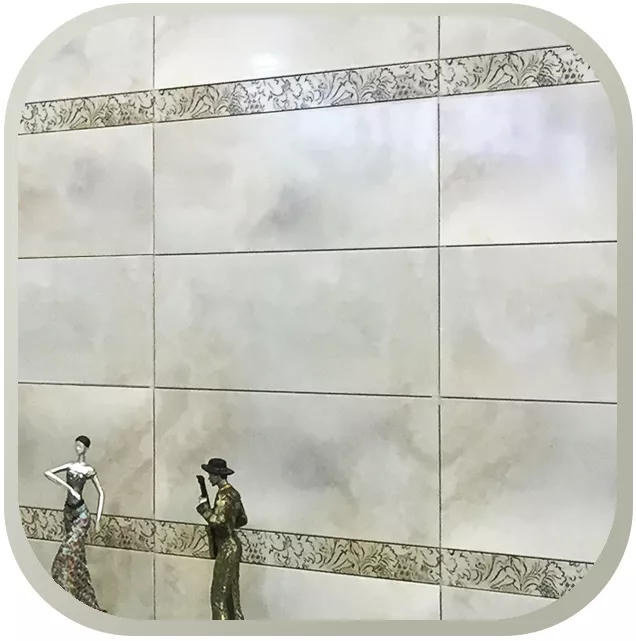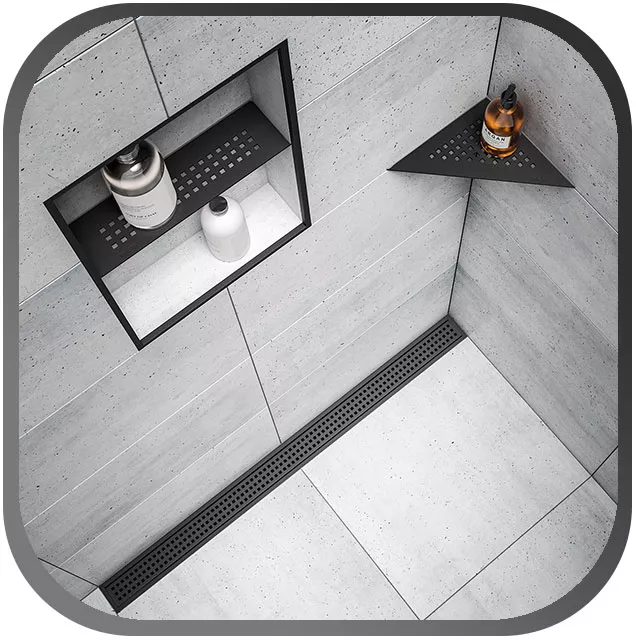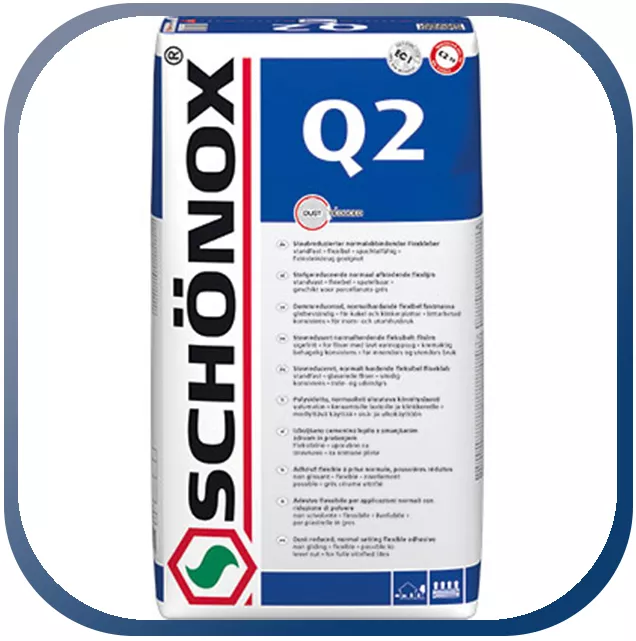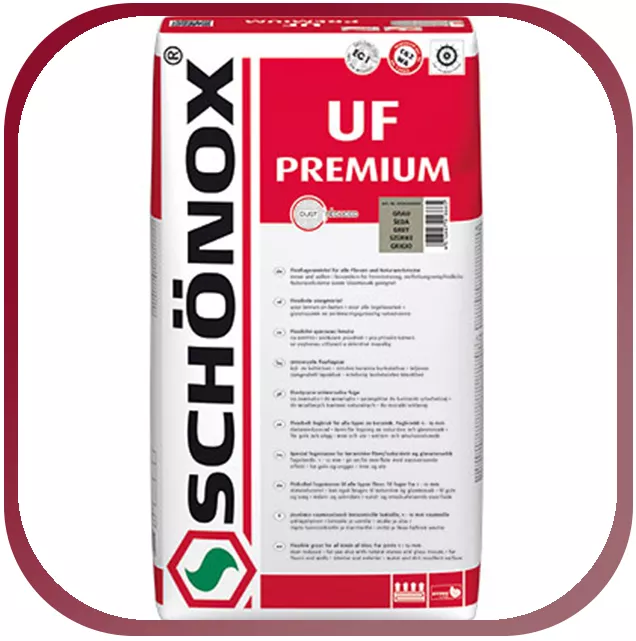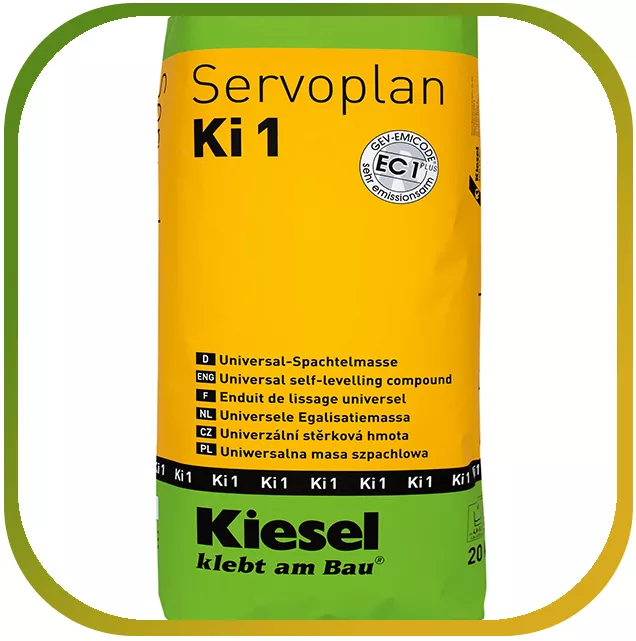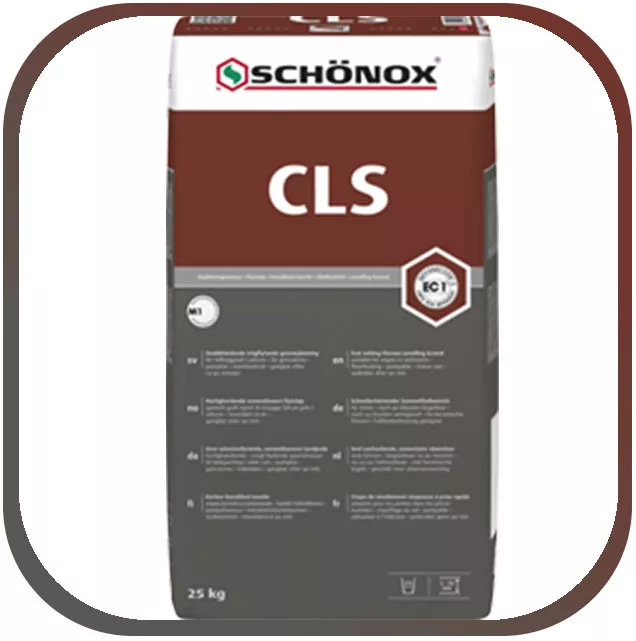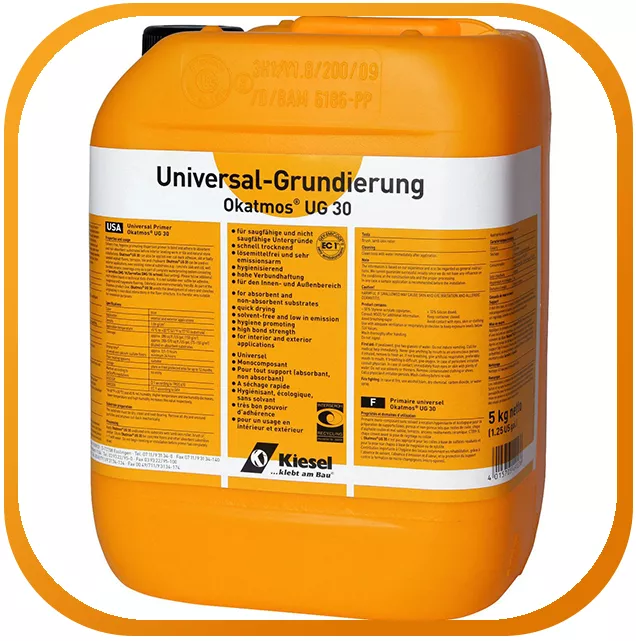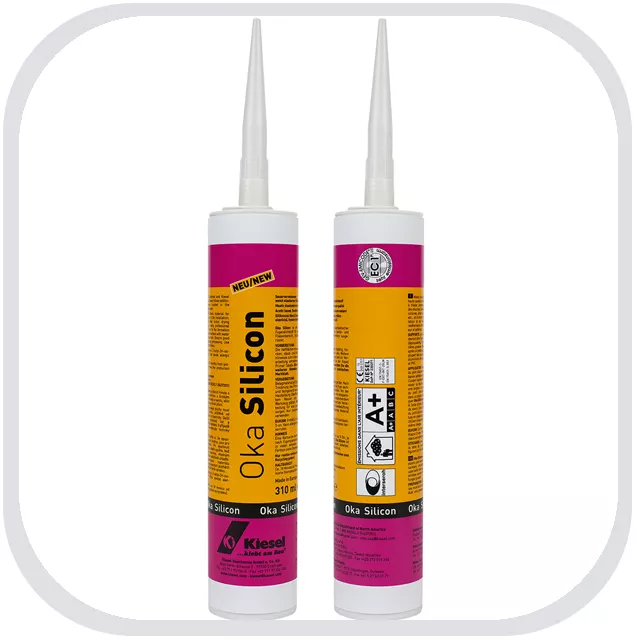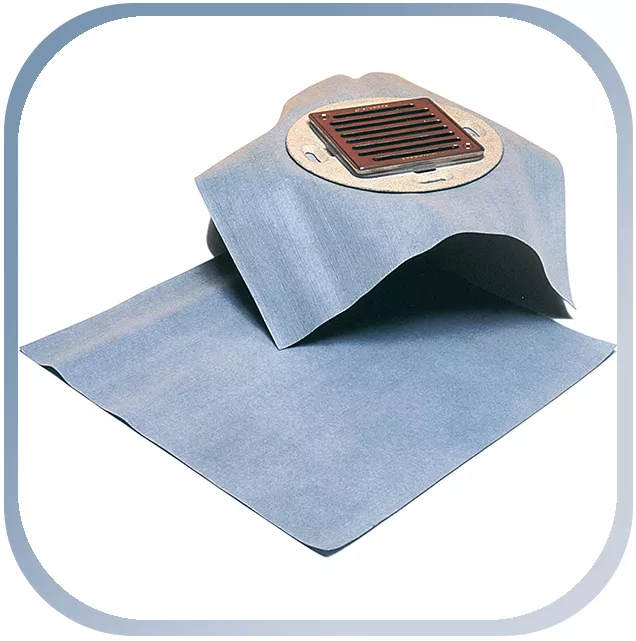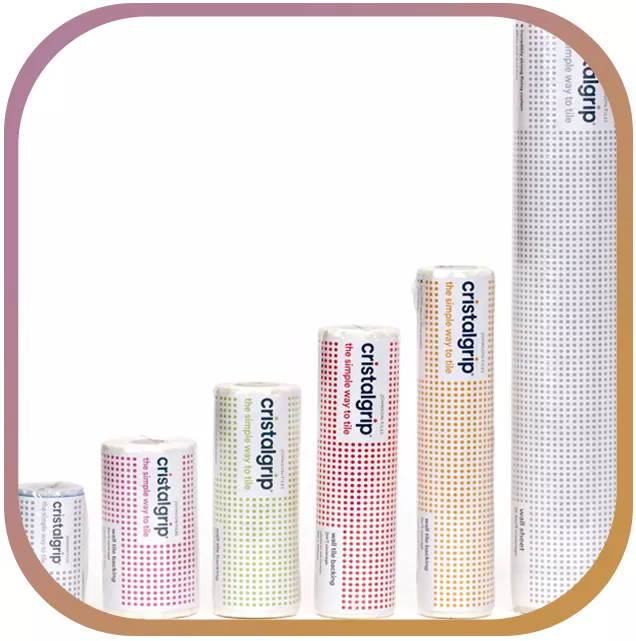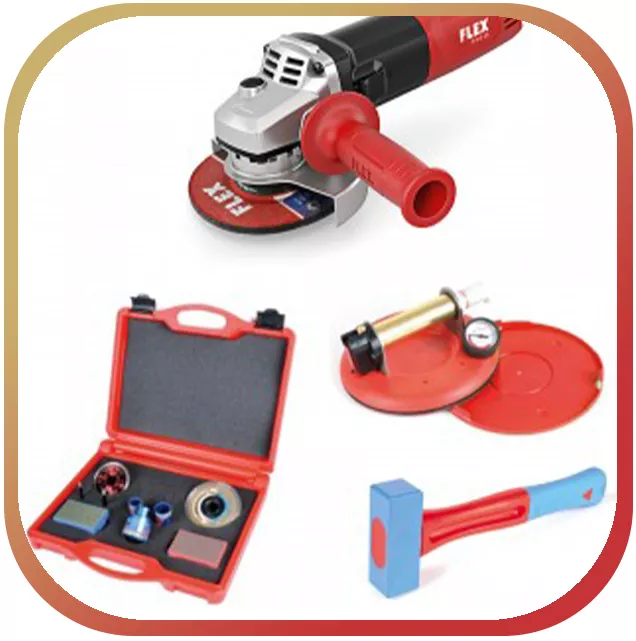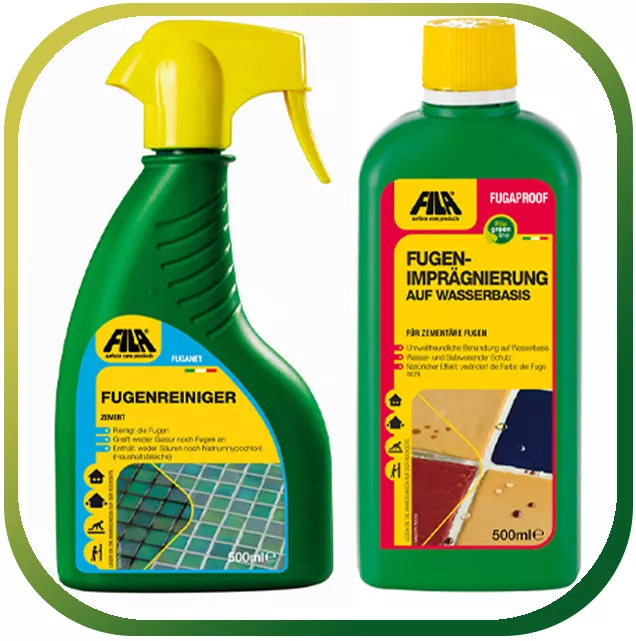Working with outer edges protection profile
Even if tiles are resistant, it can nonetheless happen that the surface is damaged. The necessary repairs are then very complex. But it doesn't have to come to that. Decide on a protection profile or outer edge profile. Then you can get edges take preventive measures. The protection profile is available in several heights, different materials and numerous designs. In addition, the outer edge profile is characterized by its pleasant appearance. The tile profile is mainly available for beautiful finishes. But it's not just a matter of appearance; safety is an additional aspect. Using a tile profile on the corner of a wall eliminates the need for time-consuming cutting of the tiles. You can also attach the outer edge profile to the outer corner as a precaution.
A tile profile makes working with tiles easier - both in the private sector and in business. It is also used for safety and better care, because broken edges and cracked tiles do not look nice. The damage can also cause water to penetrate the tile. But you don't have to deal with broken edges and tiles when you work with profiles. Do-it-yourselfers in particular are able to use the shapes to process tiles. This will secure your home and save you repairs to damaged corners or ends on tiles. In the run-up to your tiling activity, pay attention to the special type of processing when using a tile profile. Since the profile is attached first and then the tiles.
You can use floor profiles outside and inside. Whenever you have to compensate for something, a soil profile is suitable. For example, it can be an unevenness in the subsurface that is adapted to the conditions through the use of a protection profile. The connection of two different floor coverings such as parquet and tiles is another possible application. Then the profile forms a transition. Sometimes the floor profile is suitable to improve the appearance, but the profiles are often used for safety reasons, as a protective profile. Namely when differences in height have to be overcome. So that there are no tripping hazards, the floor profile compensates for the difference. Profiles can also be used to finish off stairs or walls. Doors often require profiles to be retrofitted because there is air between the floor covering and the entrance. So a soil profile has different functions. The material can be screwed on, glued or clamped. So it can be easily removed again. However, a soil profile is not only there to carry out subsequent corrections. Even with a new building, you have the freedom to work with specific floor profiles right from the start.
Even if tiles are resistant, it can nonetheless happen that the surface is damaged. The necessary repairs are then very complex. But it doesn't have to come to that. Decide on a protection profile or outer edge profile. Then you can get edges take preventive measures. The protection profile is available in several heights, different materials and numerous designs. In addition, the outer edge profile is characterized by its pleasant appearance. The tile profile is mainly available for beautiful finishes. But it's not just a matter of appearance; safety is an additional aspect. Using a tile profile on the corner of a wall eliminates the need for time-consuming cutting of the tiles. You can also attach the outer edge profile to the outer corner as a precaution.
A tile profile makes working with tiles easier - both in the private sector and in business. It is also used for safety and better care, because broken edges and cracked tiles do not look nice. The damage can also cause water to penetrate the tile. But you don't have to deal with broken edges and tiles when you work with profiles. Do-it-yourselfers in particular are able to use the shapes to process tiles. This will secure your home and save you repairs to damaged corners or ends on tiles. In the run-up to your tiling activity, pay attention to the special type of processing when using a tile profile. Since the profile is attached first and then the tiles.
You can use floor profiles outside and inside. Whenever you have to compensate for something, a soil profile is suitable. For example, it can be an unevenness in the subsurface that is adapted to the conditions through the use of a protection profile. The connection of two different floor coverings such as parquet and tiles is another possible application. Then the profile forms a transition. Sometimes the floor profile is suitable to improve the appearance, but the profiles are often used for safety reasons, as a protective profile. Namely when differences in height have to be overcome. So that there are no tripping hazards, the floor profile compensates for the difference. Profiles can also be used to finish off stairs or walls. Doors often require profiles to be retrofitted because there is air between the floor covering and the entrance. So a soil profile has different functions. The material can be screwed on, glued or clamped. So it can be easily removed again. However, a soil profile is not only there to carry out subsequent corrections. Even with a new building, you have the freedom to work with specific floor profiles right from the start.

